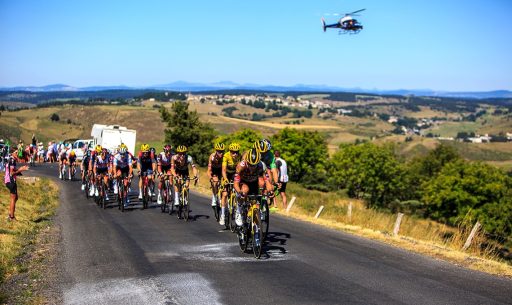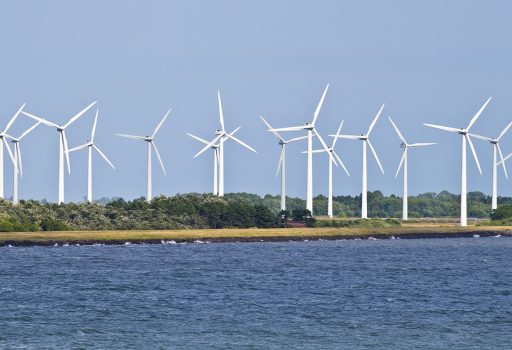Numerous universities were able to take advantage of the free cloud services offered by URAN, but the increased demand led to an unforeseen crisis caused by disk storage overload in the NREN’s data centre.
Through a combination of new theory and raw computing power, at team at King’s College London is able to support development of superconducting materials. NRENs provide the necessary data transfer.
An initiative called RENaaS– Education and Research Network as a Service – offers all the functionalities of a virtual network as a service, and helps developing countries implement or even expand their academic networks at low cost.
High-performance computing and artificial intelligence are the cornerstones of a Finnish project to develop safe automated navigation for marine vessels.
South African Technical and Vocational Education and Training (TVET) colleges have received a broadband boost, which will improve the teaching and learning experience for many students across the nation.
Gazing into computer screens for hours contributes to millions of people suffering from dry eye syndrome. Backed by supercomputing, Finnish researchers suggest better eye drop treatment.
When Danish cyclist Jonas Vingegaard triumphed in the 2022 edition of the world’s largest cycling event, the Tour de France, supercomputing played a part. Wind tunnel trials helped his Jumbo Visma team optimize aerodynamics.
In a world craving renewable and zero-carbon energy, the economic and societal importance of wind power has become huge.
A huge network of optical fibre runs underground across Australia, delivering the internet on light pulses. Optical fibre is very sensitive to vibration, making it an option for recording the Earth’s tremors.










